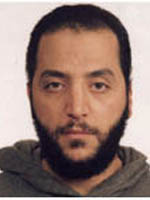The KGB Theory of American Assassinations
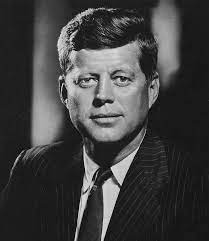
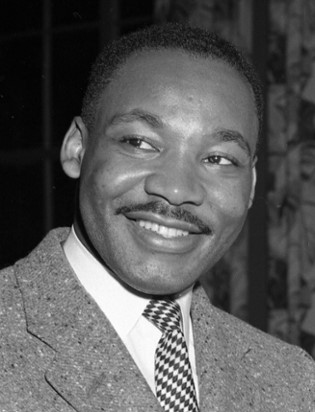
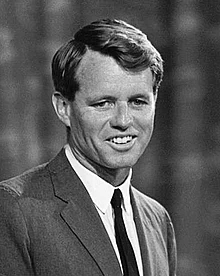 There are good reasons to think that the KGB arranged the murders of John F. Kennedy, Martin Luther King, and Robert F. Kennedy, as well as of other Americans. Note: “good reasons”, not definitive proof. In each case, I will argue that We must consider the KGB the leading suspect (in the JFK assassination, a KGB rogue and the Mafia collaborated while the KGB acted as a ghost partner). This perception can guide further investigation that can result in the more definitive finding that the KGB arranged these and related murders.
There are good reasons to think that the KGB arranged the murders of John F. Kennedy, Martin Luther King, and Robert F. Kennedy, as well as of other Americans. Note: “good reasons”, not definitive proof. In each case, I will argue that We must consider the KGB the leading suspect (in the JFK assassination, a KGB rogue and the Mafia collaborated while the KGB acted as a ghost partner). This perception can guide further investigation that can result in the more definitive finding that the KGB arranged these and related murders.
First, I will explain how the KGB and Mafia have emerged as the prime suspects in the JFK assassination. Not only was this the most important and best-known case. New evidence and interpretation point to the KGB’s role in particular and have implications for the other murders. Second, I will treat each of ten likely KGB murders in summary fashion. Third, I will touch on factors that have hampered resolution of these cases for many decades. Fourth, comparing the cases, I will identify characteristics of the KGB’s art of deniable murder. Fifth, I will draw some conclusions.
*****
1. The KGB and JFK
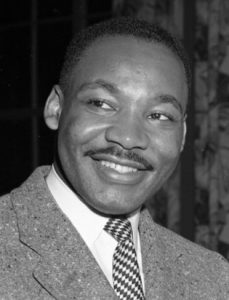
On April 4, 1968, a single bullet from an assassin’s rifle killed renowned civil rights leader Martin Luther King. Many investigators have argued that James Earl Ray, the alleged gunman, was part of a conspiracy, and some have pointed to FBI or CIA. But he pleaded guilty and was treated as a lone gunman. A very few observers have suggested that the KGB perpetrated King’s murder. Now Kenneth J. Dillon of Scientia Press has devised a theory that shows why we should consider the KGB the leading suspect. See https://www.scientiapress.com/kgb-theory. Here Dillon is interviewed by Stephen J. Dillon.


The assassinations of the 1960s and the tragic events of 2001 have resisted resolution for many years. Now young Americans have an opportunity to contribute to solving them. Steven J. Dillon and Kenneth J. Dillon of Scientia Press suggest why the investigations have not borne fruit, how we can reach more clarity, and what special strengths young Americans can bring to the effort to get to the bottom of them. See also https://www.scientiapress.com/kgb-theory, https://www.scientiapress.com/jdey-anthrax-mailings, and www.scientiapress.com/al-qaeda-shoebomber-flight-587.
Young Americans Can Help Resolve Our Historical Tragedies
Steven J. Dillon and Kenneth J. Dillon, June 12, 2025
Both the assassinations of the 1960s–John F. Kennedy, Martin Luther King, and Robert F. Kennedy–and the tragic events of 2001 changed the course of the country yet left more questions than answers. Older generations of Americans have extensively researched and debated theories of these events but have failed to converge on solutions even as their views have hardened. For 2001, they don’t even agree on which events should be included. Now, however, young Americans, many of whom were not even alive in 2001, have an opportunity and a duty to investigate these events and uncover truths that have been hidden but not necessarily lost.
Investigations into the assassinations of the 1960s reveal several clues,
Sekhmet, Venus Goddess of Ancient Egypt
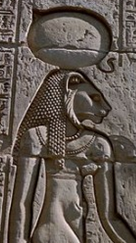 Sekhmet (“The Mighty One”), lioness goddess of ancient Egypt, spread terror with her bloody rampages. Yet she became the protector of kings and a favorite personal goddess of millions of Egyptians.
Sekhmet (“The Mighty One”), lioness goddess of ancient Egypt, spread terror with her bloody rampages. Yet she became the protector of kings and a favorite personal goddess of millions of Egyptians.
Why did Egyptians have a goddess who required such assiduous and even obsessive propitiation? Why did other Egyptian goddesses play roles similar to Sekhmet’s? What explains Sekhmet’s dual nature as destroyer and protector? Why did Egyptians call her the Eye of Ra? Why did she originally appear with an oval disk on her head?
We now have good answers to these questions. But in order to understand them, we need to see why we should think that Sekhmet was Planet Venus. And that requires us to investigate a major case of scientific rejectionism.
Jupiter, Venus, and Velikovsky
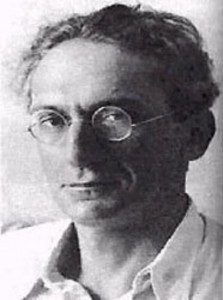 Based on his interpretation of ancient sources, Immanuel Velikovsky argued famously that Venus had emerged from Jupiter as a comet; interacted with the Earth and Mars in the second and first millennia BC, causing the Bronze Age catastrophes; and then finally settled into a nearly circular orbit of the Sun.
Based on his interpretation of ancient sources, Immanuel Velikovsky argued famously that Venus had emerged from Jupiter as a comet; interacted with the Earth and Mars in the second and first millennia BC, causing the Bronze Age catastrophes; and then finally settled into a nearly circular orbit of the Sun.
Three lines of reasoning support a Revised Venus Theory.
First, instead of the various unpersuasive suggestions that Velikovsky and others have made for how a cometary Venus could have emerged from Jupiter, we should consider the possible consequences of the immense gravitational field of Jupiter, which pulls toward it a stream of asteroids and comets, as with Shoemaker-Levy 9 in 1994.
The Trojan Origin of Roman Civilization (TORC)
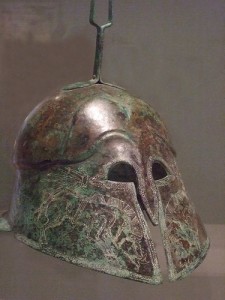 Students have long struggled, often in vain, with the rules of Latin grammar. The structure of sentences in Latin seems strange to the mind of an Indo-European native speaker. Also strange is Latin’s heavy use of gerundive and absolute constructions: all those verbal nouns entail a very different pattern of thinking than goes on in modern Indo-European languages.
Students have long struggled, often in vain, with the rules of Latin grammar. The structure of sentences in Latin seems strange to the mind of an Indo-European native speaker. Also strange is Latin’s heavy use of gerundive and absolute constructions: all those verbal nouns entail a very different pattern of thinking than goes on in modern Indo-European languages.
Carroll Quigley, Theorist of Civilizations
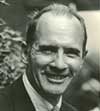 Carroll Quigley (1910-1977) was a noted historian, polymath, and theorist of the evolution of civilizations.
Carroll Quigley (1910-1977) was a noted historian, polymath, and theorist of the evolution of civilizations.
Born and raised in Boston, Quigley planned to pursue a career in biochemistry. But he soon shifted to history, to which he brought an analytical, scientific approach and a questing spirit. After receiving a B.A., M.A., and Ph.D in history from Harvard University,1 he taught at Princeton and Harvard. In 1941 Quigley joined the School of Foreign Service at Georgetown University, where he came to teach a highly regarded course, “Development of Civilization”.
Was Abderraouf Jdey the Anthrax Mailer?
A top secret Canadian intelligence report leaked in 2004 may provide the missing piece of evidence needed to identify the long elusive Anthrax Mailer of 2001. FBI’s theory of the case is flawed.
While confirmation is still lacking, we now have enough shreds of evidence to piece together a theory of the case that resolves key anomalies. In turn, that theory can point us toward where we might find confirmatory evidence. [Note: Many observers wrongly accepted invalid objections to an al Qaeda theory of the case. See the rebuttals to seven objections in The Anthrax Mailings Can’t Have Been al Qaeda.]
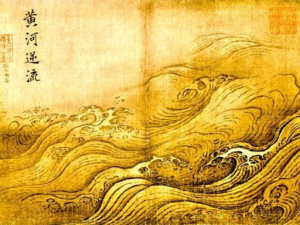 What reality lay behind ancient China’s flood legends? Who was the Yellow Emperor? Who was Archer Yi, what was his vermilion bow, how did he shoot down nine of ten suns, and why were there ten suns in the first place?
What reality lay behind ancient China’s flood legends? Who was the Yellow Emperor? Who was Archer Yi, what was his vermilion bow, how did he shoot down nine of ten suns, and why were there ten suns in the first place?
We now know the answers to these and other questions about ancient China. These answers can lead us to a new understanding of Chinese history, of the worldwide Bronze Age catastrophes, and of the history of climate change. (Ma Yuan, The Yellow River Breaches Its Course, Wikimedia Commons)
Medicinal Effects of Copper Bracelets
 With updates, from Kenneth J. Dillon, Intriguing Anomalies: An Introduction to Scientific Detective Work. Notes, bibliography, and images can be found in the original. For a brief overview, see Ten Key Points about Medicinal Bracelets. For his novel of discovery science, see Rosemarie (Washington, D.C.: Scientia Press, 2021).
With updates, from Kenneth J. Dillon, Intriguing Anomalies: An Introduction to Scientific Detective Work. Notes, bibliography, and images can be found in the original. For a brief overview, see Ten Key Points about Medicinal Bracelets. For his novel of discovery science, see Rosemarie (Washington, D.C.: Scientia Press, 2021).
Chapter 4
The Science of Medicinal Bracelets
The vision inspiring the study of medicinal bracelets is of an attractive, simple, easy-to-use, safe, naturally effective kind of medicine. Investigation of medicinal bracelets can also reveal fascinating deeper patterns of the body.
Theory of the Red Blood Cells
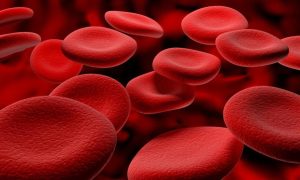
Acting in a coherent fashion, the red blood cells play a much more important role in life processes than is commonly known.
The red blood cells’ unique, remarkable role in oxygen and carbon dioxide transport sharply distinguishes them from the body’s other cells. So do their anaerobic energy metabolism, peculiar biconcave shape, 120-day life cycle (with 2,000,000 new RBCs formed every second), iron content, and extremely high hemoglobin content (roughly 270 million hemoglobin molecules are packed into each one of 25 trillion RBCs). While their counterparts in many vertebrates and invertebrates retain the nuclei and organelles that mammalian RBCs eject in the course of maturation, the erythrocyte group in general exhibits certain “prokaryotoid” characteristics,


